Car engine overheating is something that can happen to anyone. Anything from a leak in one of the coolant hoses to something gone awry in the radiator’s cooling fan can leave you stranded in the middle of the road. In most cases of engine overheating, the problem lies with the car’s engine cooling system.
What is the engine cooling system?
Most cars that run on petrol or diesel operate with the help of a heat engine called the internal combustion engine (ICE). The engine block of an ICE contains cylinders. The gases expand at the high temperature inside these cylinders pushing the pistons within them. The movement of pistons in these cylinders and the subsequent rotating motion of the crankshaft generates power. As a result of this, sooner than later the engine would start producing a lot of heat.
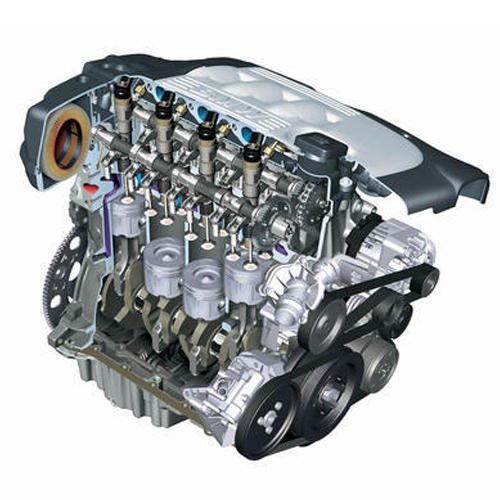
For the car engine to work swimmingly, we have to find a way to do something about the excess heat it generates. A vehicle engine cooling system is just the right pal for this job. There is no denying that a decent car engine requires a sound engine cooling system in good working condition. So let us get to the main question. How does the engine cooling system work?
First, let us look at the various components that make up the cooling system in a car.
-
Radiator
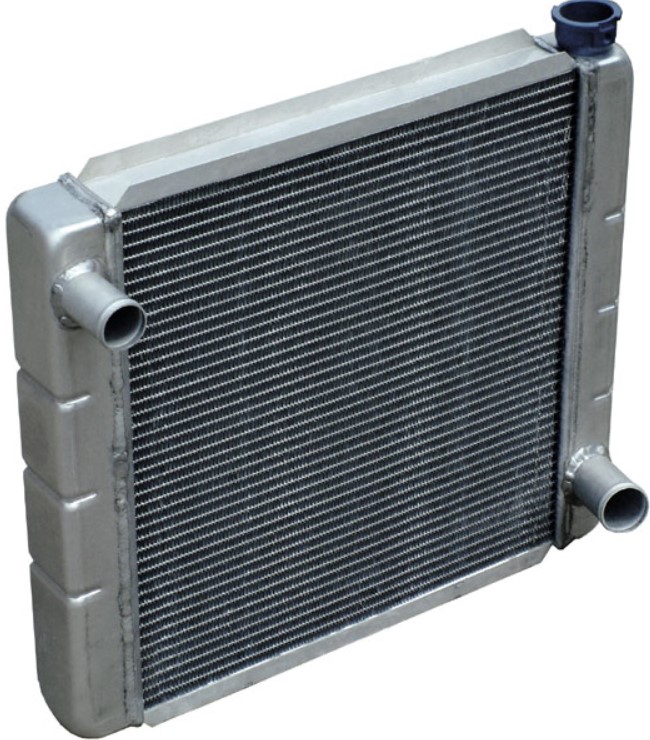
Radiator | Source (1) The primary job of the radiator is to bring down the temperature of the coolant flowing through it. This hot fluid comes from the motor of the car. The radiator has a huge surface area and transfers the heat from the coolant to the atmosphere.
-
Thermostat

Thermostat The thermostat has the most say when it comes to the coolant flow to the engine. For an engine that is idling or cool, the main valve of the thermostat will be shut.
-
Coolant

Coolant Check It is diluted antifreeze. Antifreeze is basically ethylene glycol mixed with water. Coolant has a lower freezing point compared to water. If water is used instead of coolant, during cold days water would freeze, expand and cause wear and tear in the engine.
-
Coolant Temperature Sensor/Switch
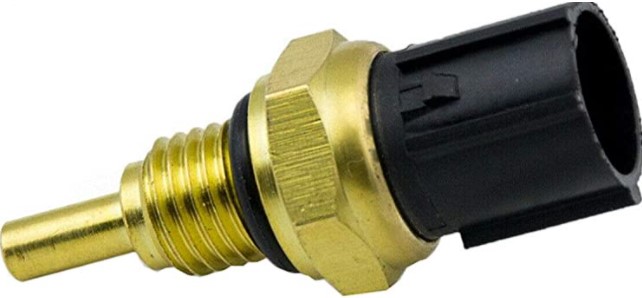
ECT Sensor| Source (1) The ECT sensor is what it says it is, it measures the temperature of the coolant. We get an idea of whether the engine is releasing too much heat or not.
-
Water/Coolant Pump
The water pump is connected to the engine for its operation. It pumps the anti-freeze mixture throughout the car’s engine cooling system.
-
Expansion tank
The coolant expansion tank regulates pressure in the system. Moreover, it helps release the pressure built up in the radiator. Almost all of the cars have an expansion tank.
How does the engine cooling system of a car work?
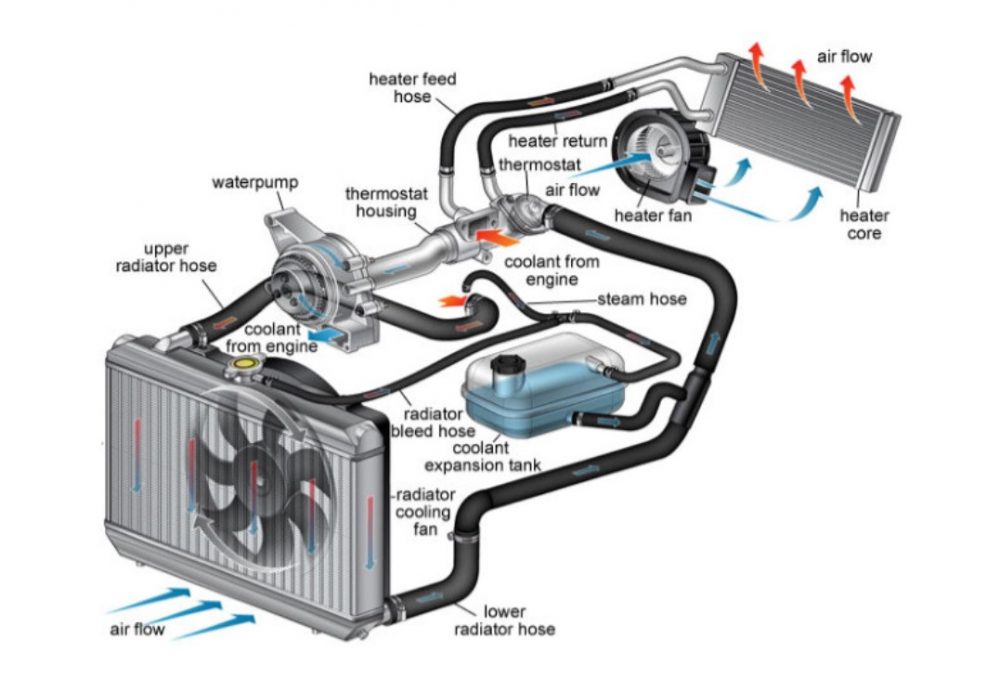
The Thermostat is essentially a valve. Besides, the thermostat also senses the temperature of the coolant. When you are just starting the engine, the coolant would be well, cool. Therefore, through the bypass valve, the coolant would flow directly to the engine (circumventing the radiator all together). Thus, the engine starts working and before long the engine would heat up. And, so would the coolant in the engine. This rise in temperature of the coolant would cause the bypass valve of the thermostat to close up and the main valve to open afterwards. Now, the hot fluid would have to get to the radiator to cool down.
Through the main valve of the thermostat, and via the upper radiator hose the hot liquid would flow down to the radiator. The radiator would absorb the excess heat from the coolant and releases the heat energy back to the air. Meanwhile, the cold coolant in the radiator flows back to the engine.
The Feedback Loop
But what happens when the coolant in the radiator heats up? That is where the radiator fan and the coolant temperature sensor comes in. The coolant temperature sensor is usually present near the thermostat house. The temperature sensor detects whether the coolant coming from the radiator is hot. It is then the radiator fan connected to the coolant temperature sensor kicks in. The fan would bring down the temperature of the coolant in the radiator. Consequently, this feedback loop goes on and on in an endless cycle as long as the engine is running. Thus, the coolant would flow to the engine from the radiator and flow back to the radiator from the car engine.
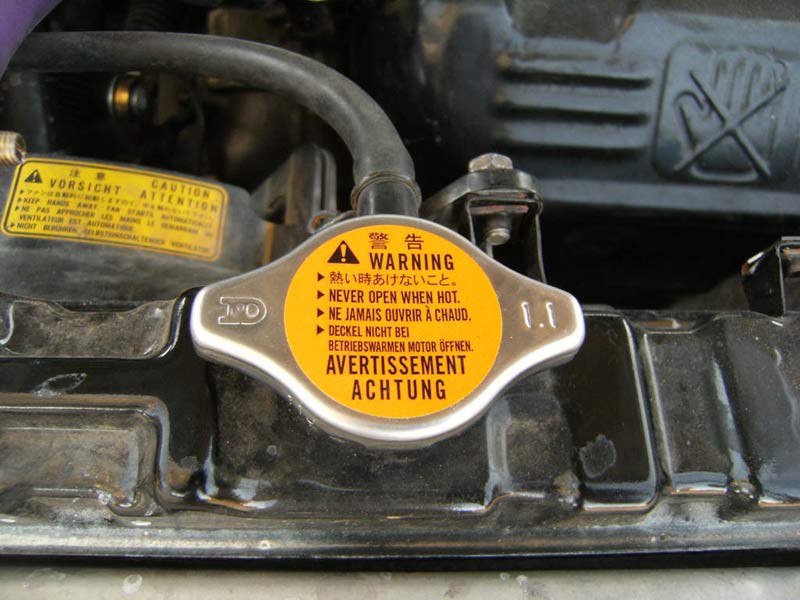
The High-Pressure Region
Additionally, we have to mention that fluids tend to expand and heat up in a closed system such as this. The coolant is no different. When this happens, the coolant would have to take a detour from the aforesaid loop. In the radiator, the coolant would expand and become pressurized. As a result of this, some of the coolants would then flow to the expansion tank through the inlet in the radiator cap. When the fluid in the radiator cools down, a void would be created. Subsequently, the coolant in the expansion tank would automatically flow to the low-pressure area formed in the radiator.
Download the GoMechanic App Now!
Why Is Your Engine Overheating?
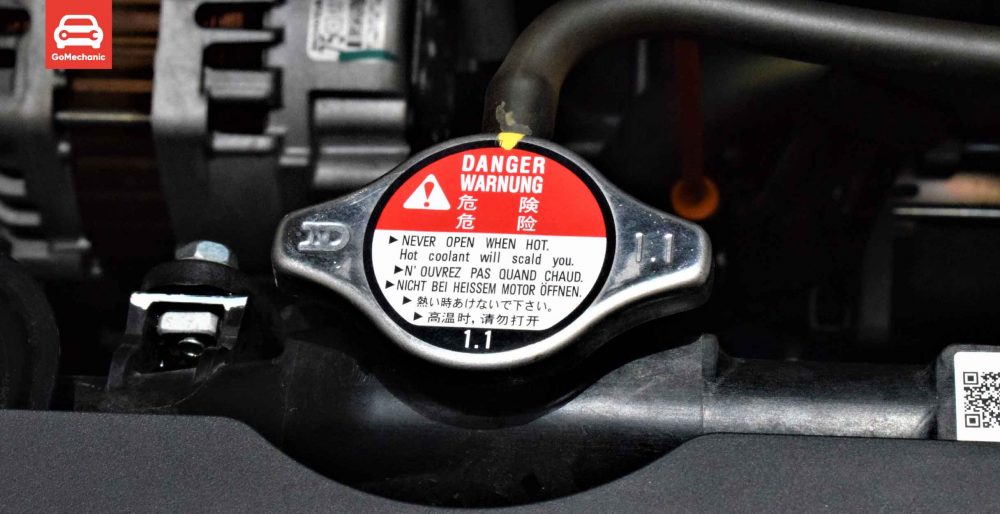
Your vehicle cooling system has many parts that complement each other’s functioning. When one of the components develop complications the working of the whole system gets jeopardised. Just like any other system, this one too is subject to inevitable depreciation. When there is something is amiss in the engine cooling system, it can overheat giving you some serious headache.
Here are some things that can wrong with the engine cooling system:
-
Fluids leaking
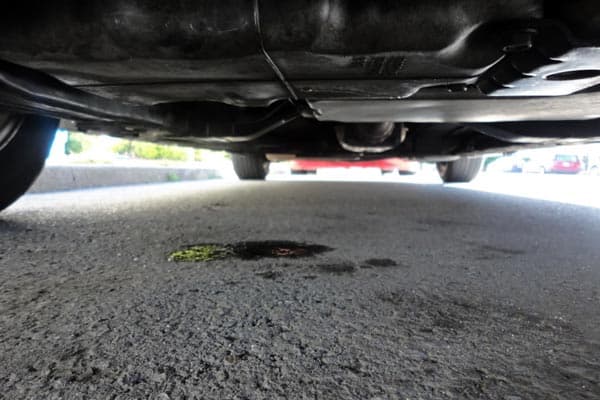
Coolant leak The anti-freeze mixture in the cooling system passes through several valves and hoses within the system. If any of them develops some kind of breaks or fissures the coolant could leak and the engine would eventually overheat. You can try to spot this from the sweet smell that might come from the front end of the car.
-
You might have to refill
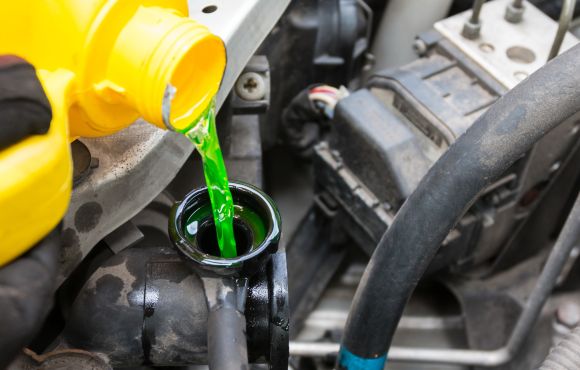
Low Coolant Level The level of coolant in the system might drop. This can be problematic. But once you refill the coolant, the engine would cool down. However, don’t forget to use the right antifreeze mixture for your car. Additionally, you should try not to get the proportion of water to antifreeze wrong or use a different kind of antifreeze altogether. In both cases, you would be in for some more engine troubles down the road.
-
Something off with the thermostat
There might be some sort of damage to your car’s thermostat. If one of the valves in the thermostat does not open in time, then the coolant won’t get to the engine or flow to the radiator. Then the engine is sure to overheat.
-
Is the radiator fan running?
There might be some problem with the connection between the radiator fan and the coolant temperature sensor. As a result, the radiator fan might not be working properly. Eventually, the engine would overheat.
-
A dirty water pump perhaps
Something might have caused the water pump or the coolant pump to break. The flow of coolant throughout the system could be obstructed if there is some kind of residue buildup in the pump. The engine is bound to overheat if the coolant does not flow well.
If the temperature gauge in the dashboard tells you that your car engine is overheating, do not drive any further. Besides, if you see any telltale signs like smoke coming out of the bonnet and if you choose to keep driving you are risking some serious engine destruction. Your best bet would be to take the car to a service centre and get the engine looked at.
You might be interested in 6 Reasons Why Your Car Heater Isn’t Working Properly

From your activity, we think you would enjoy How Does The Car AC Work? Automotive Air Conditioning Explained






Great! I don’t think we use a different kind of coolant in the Philippines? Maybe because we don’t experience winter hahahah. Just regular water works!
My Honda city idsi model 2004 is occurring engine overheated when I uses ac and for a long distance trip.How I can fix it? Would you mind to give me the exact remedy to my vehicle problem? Tyvm
Hey there
you might want to go for a coolant flush